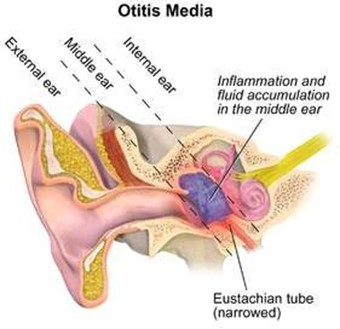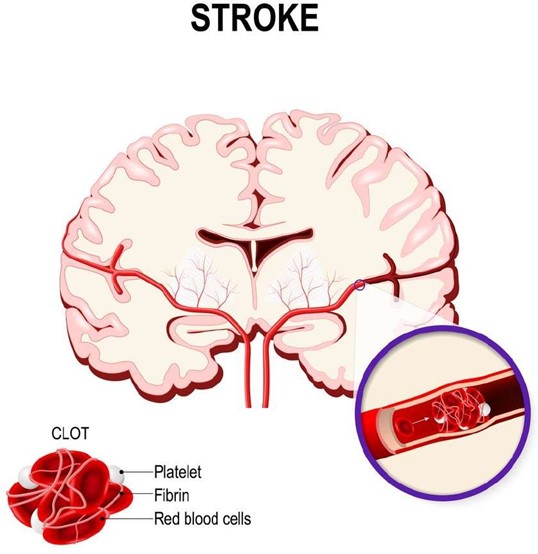A nurse is assessing an infant who has acute otitis media.
Which of the following findings should the nurse expect? (Select all that apply.).
Increased appetite.
Crying.
Restlessness.
Fever.
Enlarged subclavicular lymph node.
Correct Answer : B,C,D
An infant with acute otitis media may exhibit crying, restlessness and fever.

Choice A is wrong because an infant with acute otitis media may have a decreased appetite.
Choice E is not the best answer because an enlarged subclavicular lymph node is not a common finding in acute otitis media.
Nursing Test Bank
Naxlex Comprehensive Predictor Exams
Related Questions
Correct Answer is D
Explanation
Sudden infant death syndrome (SIDS) death has a devastating effect on parents.

There is no known cause, so parents experience guilt about what they might have done or not done to contribute to the death.
Acknowledging the family members’ feelings of guilt can help provide support to the family.
Choice A is wrong because there are no specific instructions discouraging the parents from allowing siblings to view the body.
Choice B is wrong because avoiding discussing details of the attempt to revive the infant may not necessarily provide support to the family.
Choice C is wrong because while providing a follow-up phone call 1 week following the infant’s death may be helpful, it is not the only action that should be taken by the nurse.
Correct Answer is A
Explanation
An adolescent who has sickle cell anemia and slurred speech should be assessed first.
Slurred speech can be a sign of a stroke, which is a known complication of sickle cell anemia.

This requires immediate medical attention.
Choice B is wrong because while pain management is important, it is not as urgent as a potential stroke.
Choice C is wrong because while administering medication is important, it is not as urgent as a potential stroke.
Choice D is wrong because while wound care is important, it is not as urgent as a potential stroke.
Whether you are a student looking to ace your exams or a practicing nurse seeking to enhance your expertise , our nursing education contents will empower you with the confidence and competence to make a difference in the lives of patients and become a respected leader in the healthcare field.
Visit Naxlex, invest in your future and unlock endless possibilities with our unparalleled nursing education contents today
Report Wrong Answer on the Current Question
Do you disagree with the answer? If yes, what is your expected answer? Explain.
Kindly be descriptive with the issue you are facing.
